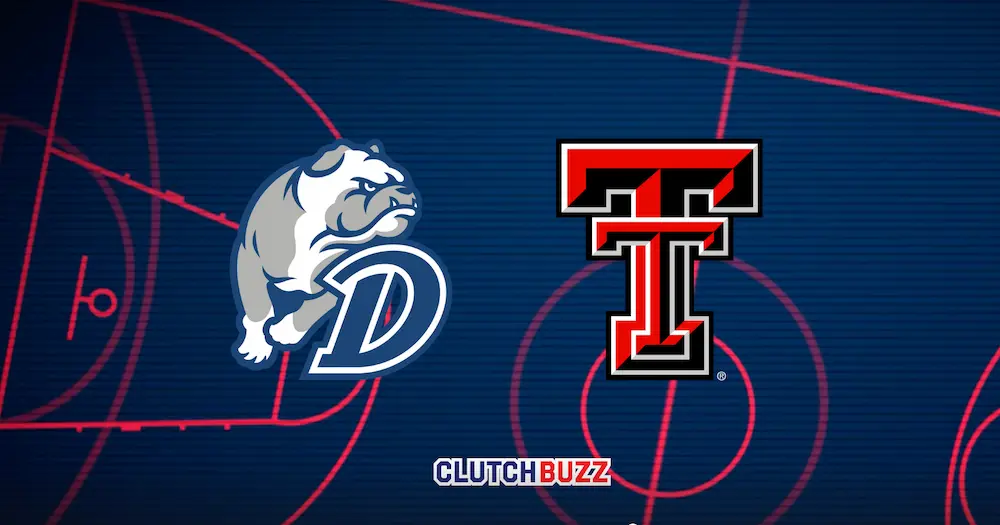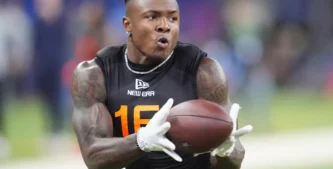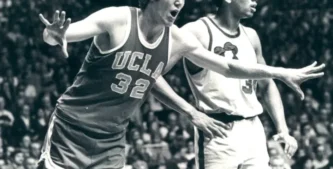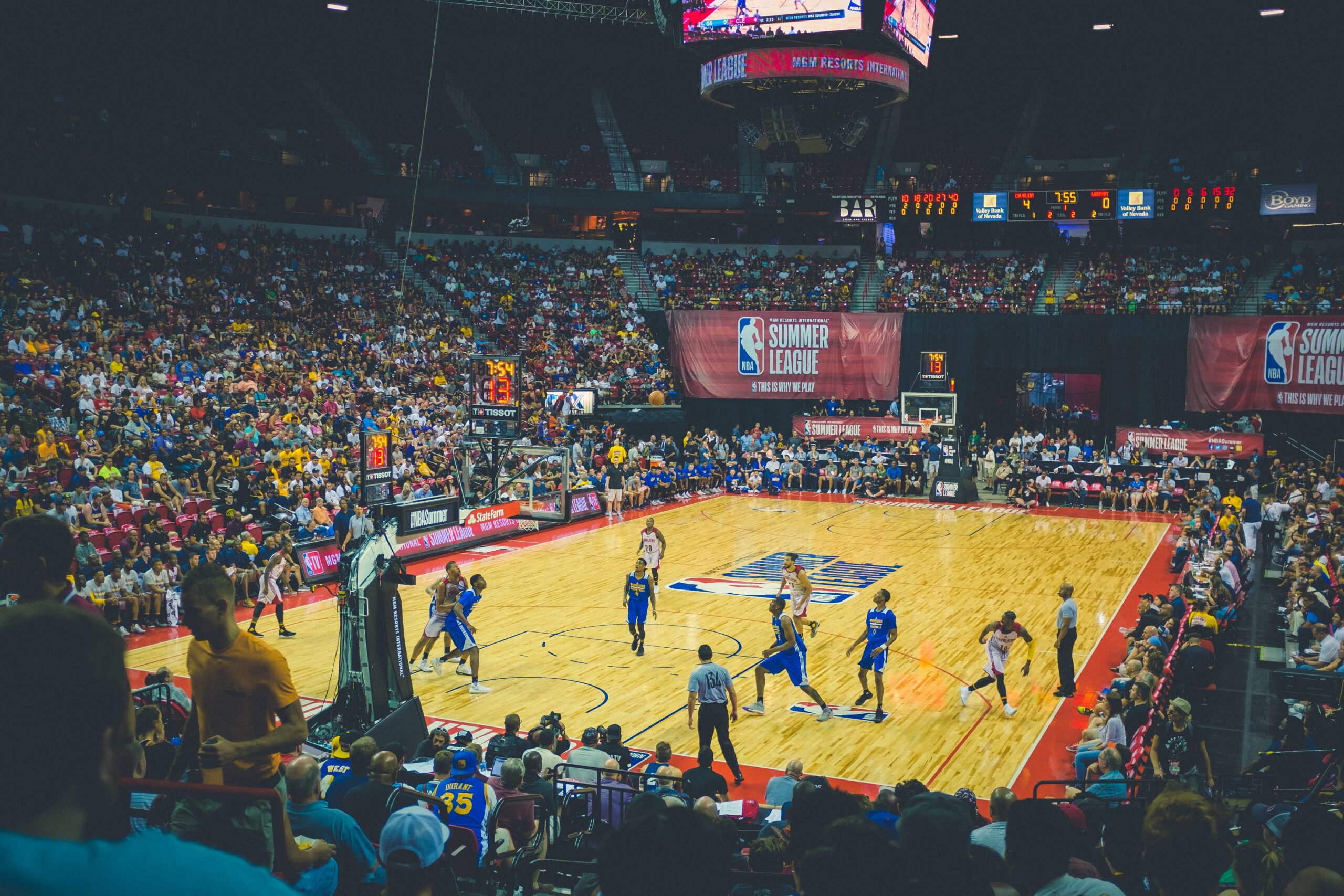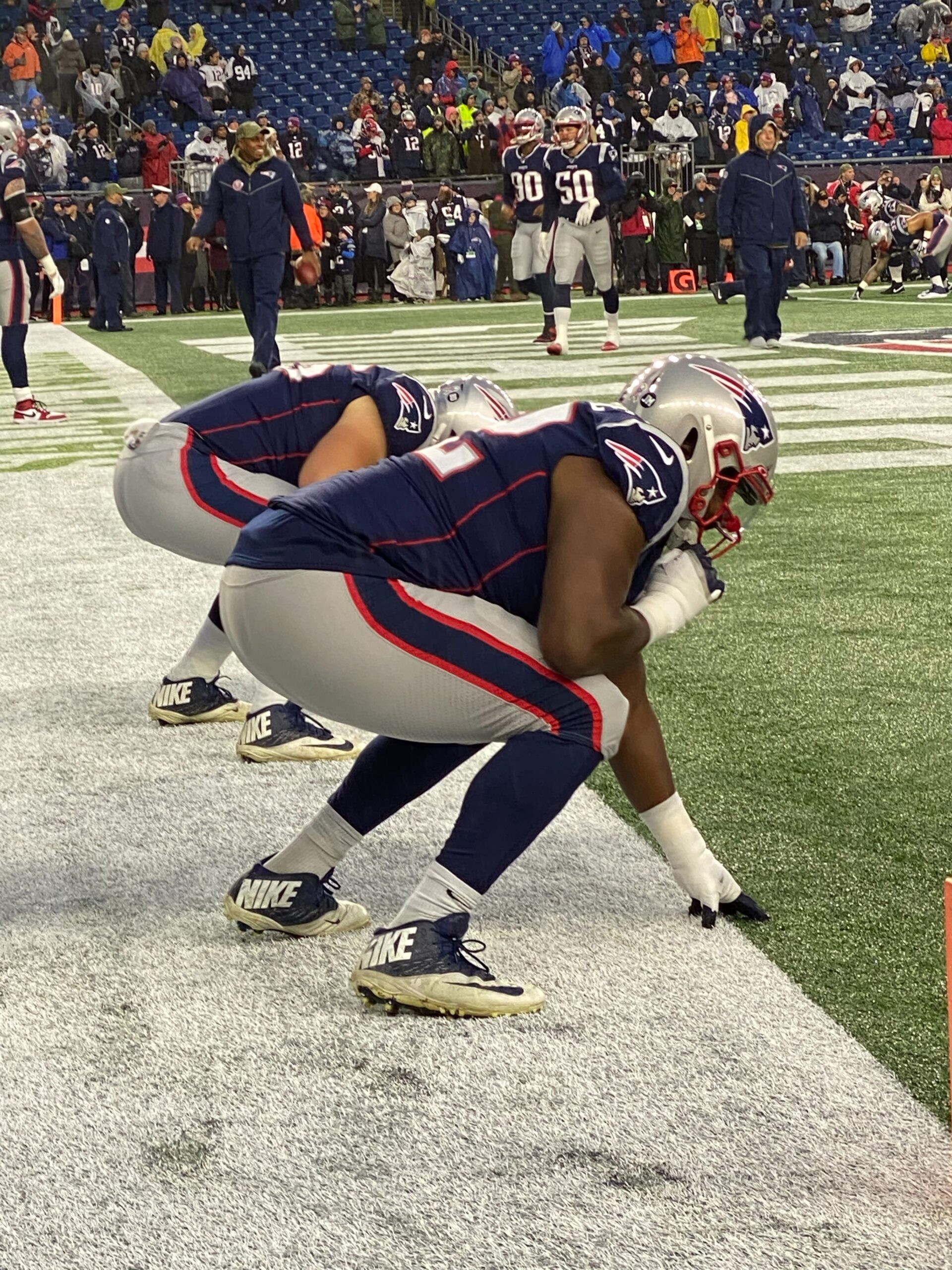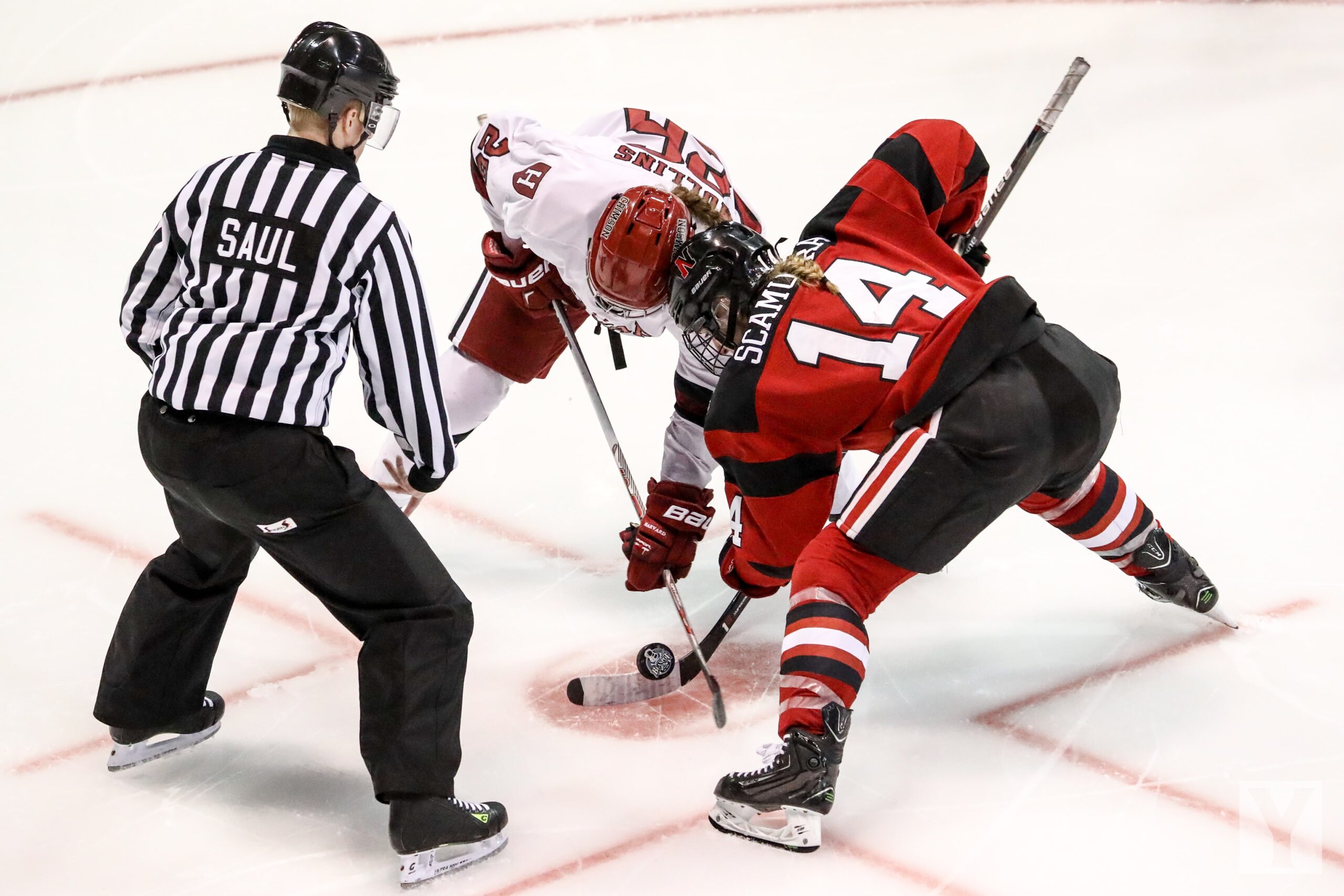Excited for Drake vs. Texas Tech in March Madness? The Drake Bulldogs and Texas Tech Red Raiders are set to clash in the second round of the 2025 NCAA Tournament after impressive victories in the first round. Drake, a No. 11 seed, stunned No. 6 Missouri with a 67-57 upset victory, displaying their elite defense and team chemistry. The Bulldogs capitalized on Missouri’s cold shooting, holding the Tigers to just 33% from the field and taking full advantage of their defensive prowess .
On the other side, Texas Tech, a No. 3 seed, came through a tougher-than-expected game against No. 14 UNC Wilmington. The Red Raiders won 82-72, but the game wasn’t without drama. Despite a stellar performance by reserve guard Kerwin Walton (who exploded for 27 points), Texas Tech had to fend off a strong challenge from the Seahawks. They overcame foul trouble with star player JT Toppin and showed their depth and resilience in the second half .
With both teams looking to build on their first-round performances, this second-round battle promises to be an exciting and intense matchup. Drake enters with momentum from their upset win, while Texas Tech aims to bounce back from a shaky start and prove they’re championship contenders. Let’s dive into the key stats, players to watch, and betting insights for this matchup!
Drake vs. Texas Tech: Team Records and First-Round Momentum
Both teams enter this Round of 32 showdown riding high off NCAA Tournament opening wins. The No. 11 seed Drake Bulldogs (31-3) are fresh off a stunning 67-57 upset of No. 6 Missouri. Drake, the Missouri Valley champion, extended its winning streak to eight and notched its first NCAA tourney win since 2021. They suffocated Missouri with defense, holding the Tigers to 33% shooting and just 23 first-half points. That victory gives Drake serious momentum as a potential Cinderella.
The No. 3 seed Texas Tech Red Raiders (26-8) took a different path, surviving a scare from No. 14 UNC Wilmington. Favored by 15+, Texas Tech was expected to cruise, but the game was tight into the second half. The Red Raiders ultimately pulled away late for an 82-72 win. Big 12 Player of the Year JT Toppin was held to 10 points due to foul trouble, but Tech’s depth shined: reserve guard Kerwin Walton erupted for 27 points (eight 3-pointers) and point guard Elijah Hawkins nearly had a triple-double with 13 points, 9 rebounds, 10 assists. Texas Tech showed resilience to advance, and now looks to carry that hard-fought momentum into the second round.
Key Players to Watch
Drake Bulldogs
✅ Bennett Stirtz (G, Drake)
The engine of the Bulldogs’ offense and defense. Stirtz was the MVC Player of the Year, averaging 19.1 points, 5.7 assists, 4.4 rebounds, and 2.2 steals per game. The 6’4” guard plays nearly the entire game (NCAA-leading 39+ minutes) and came up huge in round one with 21 points on 8–11 shooting. Stirtz is a savvy playmaker who can knock down threes or drive (he shot 39.7% from deep). 🔑 Stirtz’s poise and two-way play will be crucial against Tech’s athletic defense.
✅ Tavion Banks (F, Drake)
A 6’7” junior who provides energy and interior presence off the bench. Banks averages 10.0 points and 5.1 rebounds, and he was vital in the first round with 15 points and 9 boards in 25 minutes. He attacks the glass (led Drake in rebounding) and scores efficiently inside (52% FG). Banks gives Drake a physical finisher in the paint, which they’ll need to counter Texas Tech’s size.
✅ Mitch Mascari (G/F, Drake)
A sharpshooter on the wing. Mascari logs heavy minutes (38.4 per game) and puts up 9.7 points on 40.7% three-point shooting. He hit a three and played solid defense in the upset of Missouri. As a 6’5” senior, Mascari’s ability to stretch Texas Tech’s defense with the deep ball is a key X-factor. When he’s hitting from outside, Drake’s half-court offense becomes much harder to contain.
Texas Tech Red Raiders
✅ JT Toppin (F, Texas Tech)
The Red Raiders’ star forward (and yes, a cousin of Obi Toppin) has been a force all year. The 6’9” sophomore averages about 18 points and 9 rebounds, leading Tech in both categories. Toppin is an efficient scorer in the post (55% FG) and can step out to hit the occasional three. He had an off game in round one (10 points) while battling fouls, so expect a motivated effort. 🔑 Toppin’s inside scoring and rim protection (1.3 blocks) will test Drake’s smaller frontcourt.
✅ Darrion Williams (F, Texas Tech)
A versatile 6’6” wing who fills the stat sheet. Williams posts 14.2 points, 5.4 rebounds, and 3.7 assists per game, and he’s one of Tech’s top three-point shooters (35.3% 3PT). In Big 12 play he earned a reputation as a do-it-all glue guy. Williams’ ability to drive and dish (team-high 114 assists) makes Tech’s offense dynamic. He’ll likely guard Stirtz at times in a matchup of star swingmen.
✅ Elijah Hawkins (G, Texas Tech)
The 5’11” point guard is the floor general. Hawkins averages 9.2 points and 6.4 assists (which ranked among NCAA leaders). He orchestrated Tech’s win over UNCW with 10 assists and is adept at penetrating and finding open shooters. Hawkins isn’t an efficient scorer (33% FG), but he’s a pest defensively (52 steals on the season) and pushes the tempo when opportunities arise. His matchup with Stirtz/Drake’s backcourt will be pivotal in controlling pace.
Kerwin Walton (G, Texas Tech)
Normally a role player (6.4 PPG), the veteran shooter became an unlikely hero in round one. Walton hit 8 threes en route to 27 points, carrying Tech when shots weren’t falling for others. On the season he shoots 40.4% from deep. Whether Walton starts again (if McMillian remains out injured) or comes off the bench, his shooting is a weapon Drake must account for. If he gets hot from the corner, it could blow the game open.
Drake vs. Texas Tech Latest Betting Odds (Spread, Moneyline, O/U)
Oddsmakers have installed Texas Tech as a clear favorite in this matchup despite Drake’s gaudy record. According to the opening lines:
- Point Spread: Texas Tech -7.5 (Drake +7.5)
- Moneyline: Texas Tech -325 (76% implied win probability) vs. Drake +260
- Total (Over/Under): 126.5 points
The market expects a relatively low-scoring affair (126.5 total) and a Texas Tech win by around 7–8 points. Drake was a 5.5-point underdog in round one and won outright, and they sport a 17-14 ATS record on the year (Tech is 17-17 ATS). Bettors will have to decide if the Bulldogs can surprise again or at least cover a +7.5 spread, and whether the game script leans toward the under in a clash of a slow-paced defense vs. an up-tempo offense.
Analysis of Team Strengths and Weaknesses
Drake Strengths
Defense, defense, defense. The Bulldogs boast the nation’s stingiest scoring defense at just 58.4 points allowed per game. They grind teams down with a deliberate pace (ranked 364th in tempo, almost the slowest in Division I) and aggressive half-court defense. Drake averages 9.1 steals per game, constantly poking the ball free (Stirtz alone had 71 steals). They also rebound well despite a lack of height, owning a +5.9 rebound margin. Offensively, Drake is efficient in the half court – they shoot 48.3% from the field – and have a star playmaker in Stirtz who can create shots late in the clock. This disciplined style keeps games close.
Drake Weaknesses
Limited depth and questions on offense. The Bulldogs lean heavily on their starters; any foul trouble for Stirtz or their forwards could spell trouble against Tech’s deeper rotation. While Drake shoots a decent percentage, they only score 70.0 PPG due to the slow pace and can struggle if forced to play from behind. They aren’t a high-volume three-point team (6.6 made threes a game), so overcoming a big deficit is tough. Free throw shooting (69.9% as a team) has also been shaky – it nearly cost them vs. Mizzou (they went 12/24 FT). Offensively, outside of Stirtz (19.2 PPG) and one or two others, they lack multiple proven scorers, which could be an issue if Texas Tech’s defense keys on Stirtz.
Texas Tech Strengths
Balance and firepower. The Red Raiders can score in bunches – they average 80.9 PPG – and can do it both inside and out. They hit over 10 three-pointers per game at a 37.4% clip, spacing the floor with shooters like Walton, Anderson, and Williams. At the same time, Toppin provides a strong interior presence, and Tech crashes the boards (36.8 RPG, +4.3 rebounding margin) to generate second chances. On defense, Tech is athletic and disruptive; they allow 67.7 PPG and force nearly 12 turnovers a game. One big plus is experience/depth – this roster features seniors and tournament-tested transfers. In the first round, when a top scorer was out, a role player stepped up, showing that multiple guys can be the hero on a given night.
Texas Tech Weaknesses
Inconsistency at times. As potent as Tech’s offense is, it can fall in love with the three and go cold. They fired up 44 threes against UNCW (a school record) but only hit 29%, which allowed a weaker opponent to hang around. Relying on long-range shooting could be risky against Drake’s perimeter defense. Turnovers usually aren’t an issue (only 9.9 per game), but when pressured, Tech’s guards have shown some streaky decision-making. Also, free-throw shooting is average (76% team) and one of their big men (Federiko) struggles at the line, so late-game fouls could impact them. If Toppin gets into foul trouble again or Tech has an off shooting night, they could find themselves in a grind – which would favor Drake. In a slow, half-court game, will Tech stay patient? That’s a key question for a team that prefers a slightly faster pace and scoring in the 70s or 80s.
KenPom & Advanced Metrics Comparison
According to KenPom’s efficiency ratings in the Drake vs. Texas Tech game, Texas Tech holds a significant edge in overall metrics. The Red Raiders are rated roughly as a top-10 team nationally, with an adjusted efficiency margin of +27.7. They sport an elite offense – about 124.9 points per 100 possessions (5th in D-I) – and a strong defense (allowing 97.2 per 100, 36th) . In contrast, Drake’s efficiency margin is +15.3, placing them outside the top 50. The Bulldogs’ adjusted offensive efficiency is 112.7 (75th), while their adjusted defensive efficiency is 97.4 (38th) . In other words, Drake’s defense is on par with Texas Tech’s in points-per-possession terms, but Tech’s offense is far more potent by comparison.
One glaring difference is tempo: as noted, Drake plays at one of the slowest tempos in the country (approximately 59 possessions per game, 363rd). Texas Tech’s pace is moderate (around 65.8 possessions, ranked 266th) – they can run when given the chance, but are also comfortable in half-court sets. The pace battle will be crucial: if the game is in the 60-possession range, it favors Drake’s upset bid, whereas a higher-possession game likely means Tech imposed its will. KenPom predicts Texas Tech as the favorite (by roughly 10+ points), reflecting their efficiency edge, but March Madness often comes down to who can dictate style.
Head-to-Head Stats Comparison
| Statistic | Drake Bulldogs | Texas Tech Red Raiders |
| Points Per Game | 70.0 | 80.9 |
| Opponent PPG (Defense) | 58.4 | 67.7 |
| Field Goal % | 48.3% | 46.7% |
| Rebounds Per Game | 31.0 | 36.8 |
| Turnovers Per Game | 11.3 | 9.9 |
| KenPom Off. Efficiency | 112.7 (75th) | 124.9 (5th) |
| KenPom Def. Efficiency | 97.4 (38th) | 97.2 (36th) |
Stats are season averages for 2024-25. KenPom efficiency is adjusted points per 100 possessions (rank in parentheses).
As the table shows, Texas Tech scores about 11 more points per game than Drake and holds edges in rebounding and turnover margin. Drake, however, allows 9 fewer points to opponents on average, reflecting its defensive prowess. Field goal shooting is comparable, with Drake actually slightly higher in FG% (owing to shot selection and pace). It’s interesting that their defensive efficiency ratings are nearly identical – suggesting both teams can get crucial stops. The big gap lies in offensive efficiency: Tech’s top-5 offense versus Drake’s 75th-ranked offense is a stark contrast. Whichever side can impose its strength – Drake’s D or Tech’s O – will likely tip the scales.
Final Score Prediction and Best Bets
The Drake vs. Texas Tech game projects to be a defensive battle with contrasting tempos. Drake will aim to muck it up, use the full shot clock, and keep the score in the 50s or low 60s. Texas Tech will try to speed up opportunistically and leverage its superior talent to pull away. In the end, the Red Raiders’ depth and scoring options should prevail – but not without a fight.
Prediction: Texas Tech wins a grinder, 66-58. The Bulldogs’ defense keeps it close for 40 minutes, but Tech hits a few clutch shots late to seal the win and advance to the Sweet 16 for the first time under Coach Grant McCasland.
🔑 Best Bets on Drake vs. Texas Tech:
- Drake +7.5: Expect a closer game than the spread indicates. Drake’s style and veteran poise should allow them to cover even if they fall short on the scoreboard. They are 5-0 ATS in their last 5 as underdogs, and their slow pace can frustrate favorites.
- Under 126.5: Both teams combined for 139 points in round one, but the matchup of Drake’s methodical offense and its “stalwart defense” against Tech’s half-court sets points to a lower total. Texas Tech just faced a scare shooting poorly against a zone; Drake’s man-to-man will contest everything. Barring an outlier shooting night, the under is appealing in what could be a 60-something to 50-something final.
If you’re eyeing player props, keep an eye on Bennett Stirtz’s points+assists – he will have the ball in his hands constantly for Drake – and Elijah Hawkins’ assists (he’s the catalyst for Tech’s offense). But the safest wager might be that this second-round matchup in Wichita comes down to defense and execution. Texas Tech moves on, but the Bulldogs won’t make it easy.
